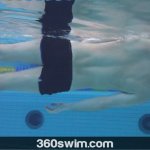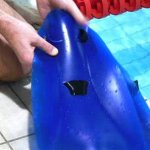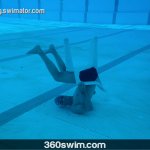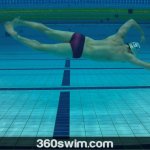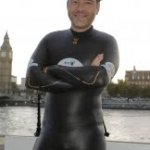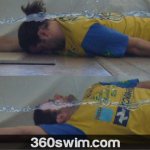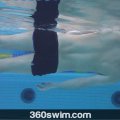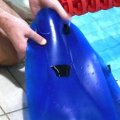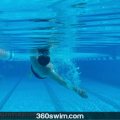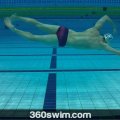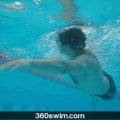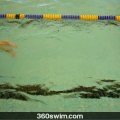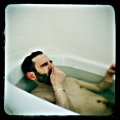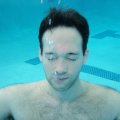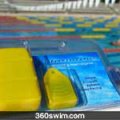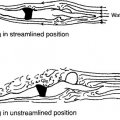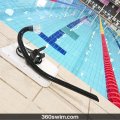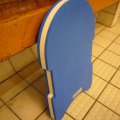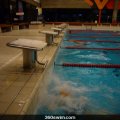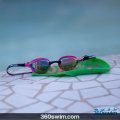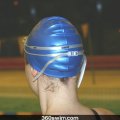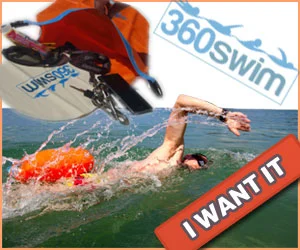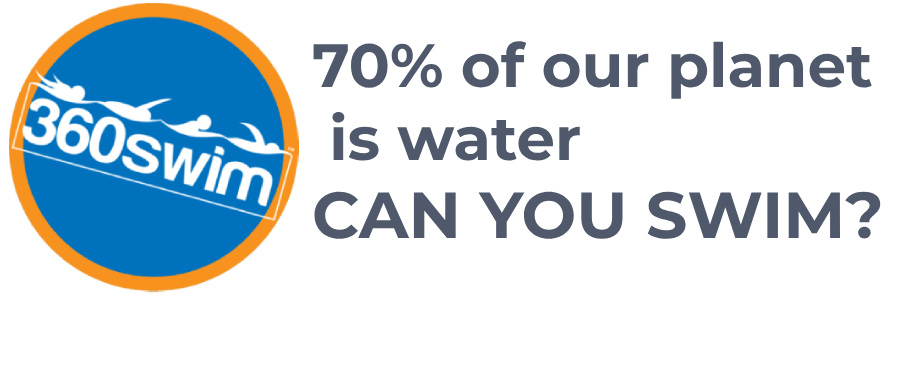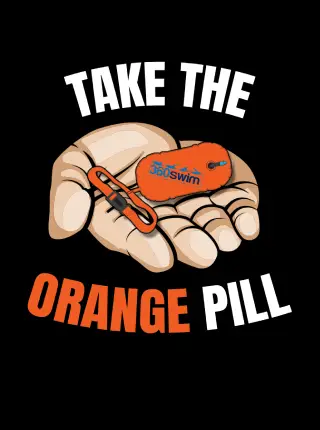STOP MAKING THESE 4 FREESTYLE MISTAKES: A VIDEO ANALYSIS GUIDE
Recognizing flaws in a swimming stroke is the first step to fixing them. Often, what feels right in the water looks very different on video.
This article breaks down a video analysis of a swimmer with four common but critical freestyle mistakes. By learning to spot these errors, from a deep kick to a crossover pull, you can identify them in your own swimming and use the suggested drills to correct them.
Dive Into: 4 Common Freestyle Flaws and How to Fix Them
- 🎥 Watch: The Swim Analysis Video
- Flaw #1: The Deep, Drag-Creating Kick
- Flaw #2: Crossing Over the Centerline
- Flaw #3: The Dropped Elbow Catch
- Flaw #4: Sinking Hips and Lower Back
- Frequently Asked Questions
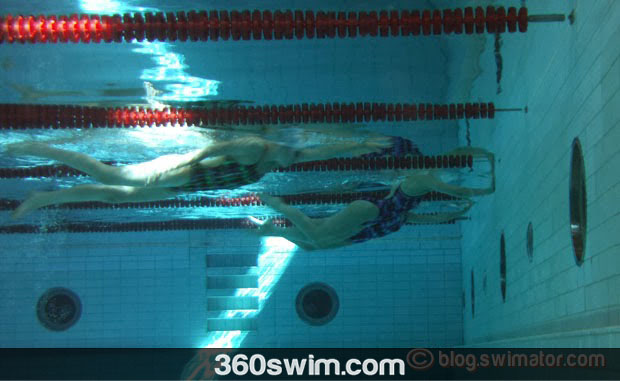
🎥 Watch: The Swim Analysis Video
One of the basic skills of any student is the ability to recognize if something is not done the right way. The recognition of stroke flaws is the beginning of an efficient swimming style. Below is a short freestyle swimming video that highlights four main problems. These are the biggest hurdles preventing this swimmer from getting to the next level.
Flaw #1: The Deep, Drag-Creating Kick
If we look at the swimmer from the front, the streamlined image is disturbed by a very deep kick that protrudes behind him. This causes [unnecessary resistance](/blog/streamline-explained-how-forces-influence-swimming(.

The Fix: The kick should be small and shallow. It should come out of the hip with the knee only ever slightly bending while it gives into the pressure of the water.
- Mental Cue: Imagine rubbing your big toes together as you kick. This keeps the kick narrow. Another way to think about it is that you try kicking inside a bucket.
- Drills: Practice kicking without a board (on your side or stomach) to learn balance without relying on a wide stabilizing kick. Focus on kicking from the hip with a relatively straight leg, not driving from the knee. You could also try to put a rubber band around your ankles to force yourself to keep the kick narrow.
Flaw #2: Crossing Over the Centerline
Your hands should point in the direction you want to go. In this case, the swimmer's arm deviates from the long axis, crossing over the center, especially when breathing. This causes the body to snake through the water.
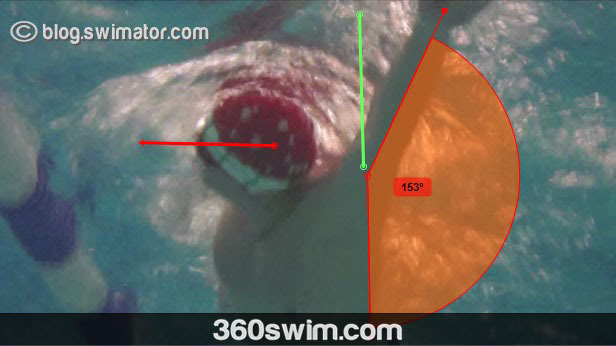
The Fix:
- Mental Cue: Your body should roll as one unit, like a tree log.
- Drill: Try kicking on your side with your bottom arm extended. Take frequent breaths while keeping that lead arm perfectly still and straight.. Do not let it wander across your body to help you balance.
Flaw #3: The Dropped Elbow Catch
The front catch is an advanced skill. The swimmer in the video shows signs of an initial catch but then drops his elbow, failing to hold the water. He ends up pushing down rather than pulling back.
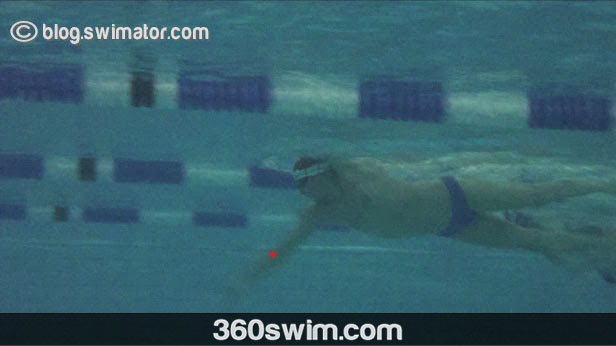
The Fix:
- Mental Cue: You need to learn to feel the forearm catch. Try to think of it as wrapping your forearm around a submerged barrel.
- Drill: One-Arm Swimming. Do this very slowly. Focus entirely on keeping your elbow high near the surface while your forearm folds down to catch the water. Use fins if needed to keep your body position high so you can focus solely on the arm path. Most importantly, spend the same amount of time on each side of your body while you do this. Many swimmers tend to just gallop in their stroke when doing a one-arm drill and that defeats the purpose.
Flaw #4: Sinking Hips and Lower Back
Many beginners struggle with keeping their body horizontal. In the video, you can see the swimmer's lower back fall below the surface every time he breathes. This creates an uphill swimming position.
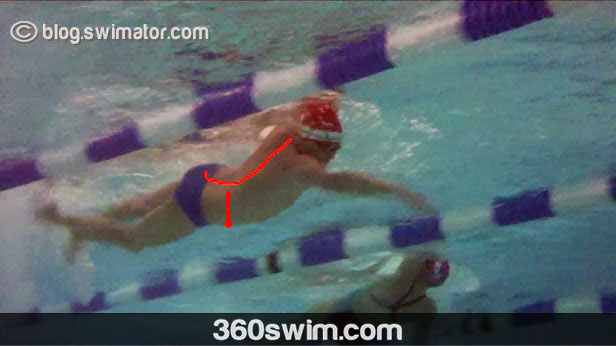
The Fix:
- Head Position: Keep your eyes focused on the bottom of the pool and your neck flat. Press your chest down (the "T-Press") to lever your hips up.
- Ankle Flexibility: Stiff ankles act like brakes, dragging your legs down. Work on your ankle flexibility so your toes can point straight back.
- Rotation: If the sinking happens only when you breathe, the issue is likely your rotation. Practice side-kicking drills to get comfortable breathing without lifting your head or dropping your hips.
I hope you learned something useful in the analysis and have some material to work on in your swim routines.
Master these four areas (kick depth, alignment, catch, and body position) and you will be well on your way to a faster, more efficient stroke.
Frequently Asked Questions
Why is video analysis important for swimming?
Video analysis is crucial because what you feel you are doing in the water is often different from what you are actually doing. Seeing your stroke allows you to spot flaws you might otherwise miss, making it much easier to correct them.
Why is a deep flutter kick bad?
A deep kick creates significant drag, acting like a brake that slows you down. The kick should be small, shallow, and driven from the hips, staying within the body's streamline rather than dropping deep below it.
What is a 'crossover' arm pull and how do I fix it?
A crossover happens when your hand crosses your body's centerline during the entry or pull. This causes your body to snake side-to-side. To fix it, focus on keeping your hands wider (shoulder-width apart) and use drills that isolate shoulder rotation without crossing over.
How do I fix a dropped elbow in my catch?
A dropped elbow means you are pulling with just your hand, not your forearm. To fix it, practice single-arm drills and focus on keeping your elbow high near the surface while your forearm drops down to catch the water.
Why does my lower back sink when I breathe?
This is usually caused by lifting your head too high to breathe or having tight ankles. To fix it, keep your head low (one goggle in the water) and focus on pressing your chest down, which will naturally lift your hips and legs.
 LNURL1DP68GURN8GHJ7URP0YHRXD3SWDMKJMFWVDHK6TMVDE6HYMRS9A4HSCNCWFXSH3NN0H
LNURL1DP68GURN8GHJ7URP0YHRXD3SWDMKJMFWVDHK6TMVDE6HYMRS9A4HSCNCWFXSH3NN0H